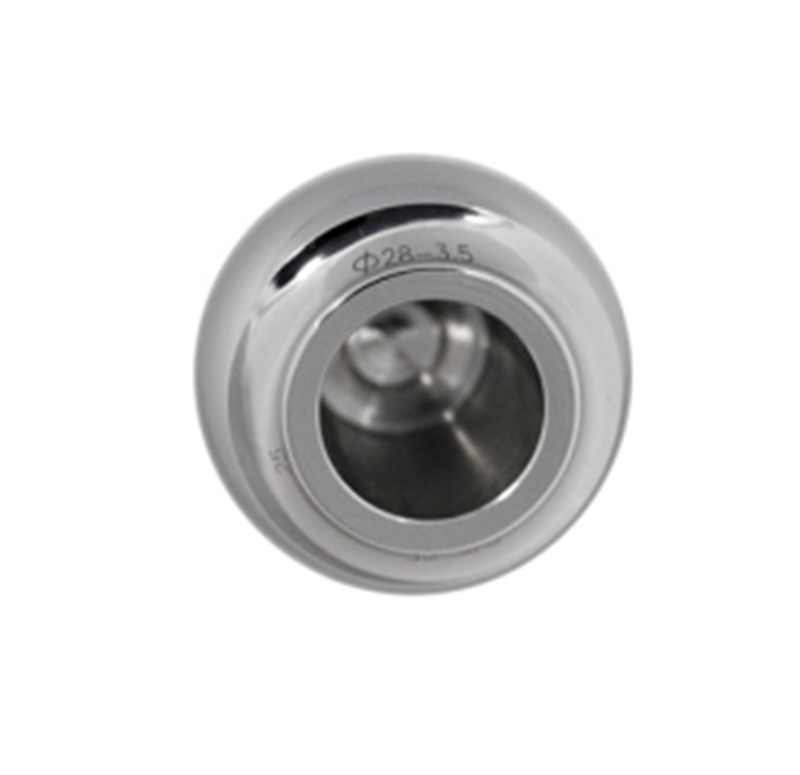Brief Introduction of Hip Replacement 3
 May. 13, 2020
May. 13, 2020
In the mid to late 1990s, wear and particle disease were identified as the main culprits of prosthesis loosening and osteolysis. At the same time, several non-bone cement femoral stems achieved excellent medium-term results, and attention began to focus on articular surface materials. The manufacturer found that oxidation would affect the quality of polyethylene and began to disinfect the polyethylene in a vacuum or inert gas. Although these methods can improve the medium - and long-term polyethylene wear, wear is still a problem. It was around this time that the hard-to-hard articular surface began to make a comeback. After a long hiatus, metal-to-metal hip replacement is making a comeback. BernardWeber ushered in a new era of metal-to-metal prostheses in the late 1980s. When the non-bone cement titanium acetabular cup is designed to accommodate ceramic or metal lining, it marks the emergence of modern metal-to-metal and ceramic-to-ceramic prostheses. The ceramic lining uses a single piece of high quality alumina ceramic that is locked into the acetabular cup through a large area of taper. The metal lining, which is actually embedded in polyethylene, is locked into the non-bone cement cup using standard polyethylene locking devices, thereby avoiding the need to redesign the cup and significantly reducing manufacturing costs. Our company provides trabecular acetabular cup.

During this period, the virtues of ceramics began to be widely accepted in the United States and around the world. Although only a small number of surgeons are actively trying ceramic to ceramic hip replacement, ceramic heads are beginning to gain recognition and appreciation for their improvement in the adhesive and abrasive wear characteristics of polyethylene. In the early 1990s, the use of ceramic combinations of polyethylene in the United States and Europe grew slowly, especially among young patients. It is clear that zirconia is beginning to dominate the market. Zirconia ceramics have remarkable fracture toughness, higher material strength and lower fracture rate. Zirconia ceramics are not a good material for ceramic-ceramic joints, considering their thermodynamic properties and the possibility of phase transition. This led to improvements in the manufacturing process for medical grade alumina ceramics, including higher purity (less impurities), thermal isostatic pressure (smaller grain size), and "assurance tests". Reducing impurities can significantly reduce the risk of fragmentation due to stress concentration. The hot isostatic pressure can reduce the grain size, increase the fracture toughness and reduce the risk of fracture. “Guarantee test" means that each finished component will pass a non-destructive overload nondestructive test to further improve the quality control of the implant at the time of delivery.
The above information is provided by hip prosthesis supplier.













